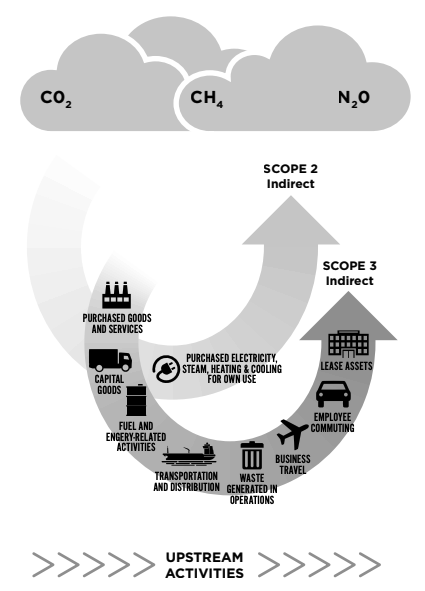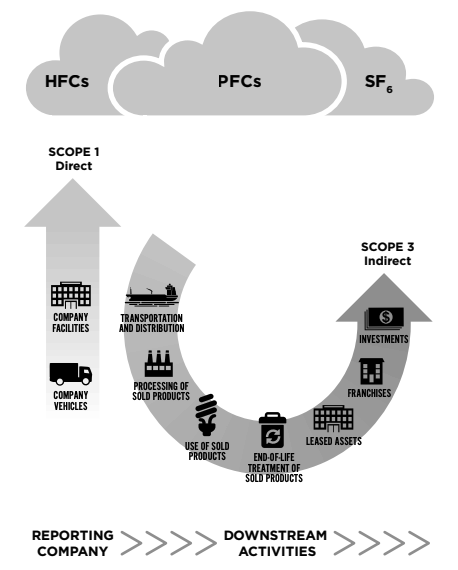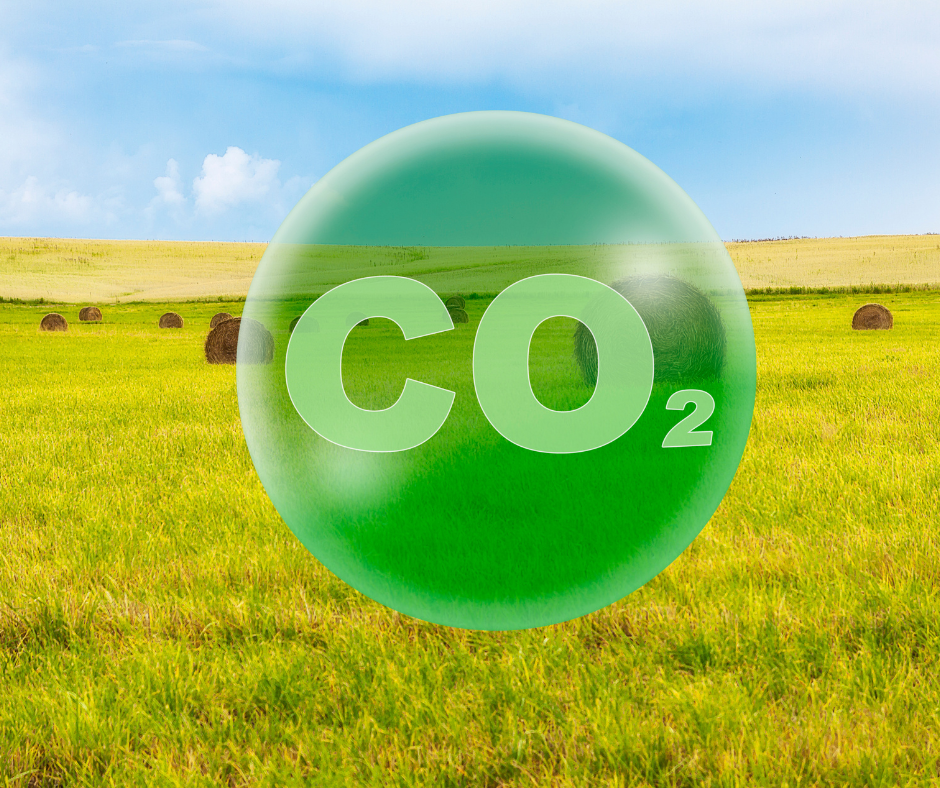Understanding Cradle to Gate Carbon Measurement
The measurement of the total greenhouse gas emissions of a product over the course of its entire lifetime is called Life Cycle Analysis (LCA). There are three types of LCA. Cradle-to-grave measures the carbon footprint from the time a product is manufactured until it goes into the landfill at the end of its useful life. Cradle-to-cradle measures the product’s carbon footprint from when it was manufactured until all the components are recycled into other products. However, most carbon measurement systems focus not on the full LCA. It focuses on the portion of a product’s life cycle known as cradle-to-gate.
Cradle-to-gate carbon measurement accounts for the greenhouse gas emissions produced from the beginning of a product’s life until it leaves the manufacturer’s facility. This includes all emissions from the gathering of the raw materials to make the product, the transportation of those materials, and the entire manufacturing process, up until the product leaves the control of the company.
There are well-established protocols for measuring cradle-to-gate greenhouse gas emissions, such as the World Resources Institute Greenhouse Gas Protocol (WRI GHG Protocol). The WRI GHG Protocol breaks emissions down into three “Scopes.”
Scope 1 is all direct greenhouse gas emissions—i.e. emissions from sources owned or controlled by the company—including:
- Emissions from vehicles, furnaces, equipment, machinery, etc. owned and/or controlled by the company
- Emissions created by the generation of electricity produced onsite, heat, or steam through the burning of fossil fuels in boilers, furnaces, etc. owned by the company
- Emissions created by the manufacture or processing of materials or chemicals (such as cement or aluminum) done by the company
- Emissions from all transportation of materials, products, waste, and employees by vehicles owned by the company
- Emissions from a vehicle owned or controlled by the company for transportation, including any cars, trucks, trains, ships, airplanes, buses, etc. owned and used by the company
Scope 2 is all emissions from the purchased electricity consumed by the company, produced offsite—i.e. any electricity not produced by the company itself. This includes all electricity used by all parts of the company—equipment, buildings, etc.
Scope 3 is all other indirect emissions—i.e. emissions from sources not owned by the company, but that are produced as a consequence of the company’s activities. These are broken down into upstream and downstream emissions.
Upstream emissions are emissions that occur “cradle-to-gate”—from inception until the product leaves the company to go into the hands of consumers. This includes emissions from:
- All transportation of materials, products, fuel, waste, etc. that are not transported by company-owned vehicles
- All transportation of employees not by company-owned vehicles—such as commuting via their personal vehicles or public transportation, as well as any business travel undertaken by employees not utilizing company-owned vehicles
- Disposal and treatment of waste generated by the company’s operations
- All emissions from all leased assets, franchises, and outsourced activities, including subcontractors
This also includes all upstream emissions for all products and services purchased or acquired by the company. For example, if the company purchases concrete, the emissions from the production of that concrete is included in Scope 3. Or, if a construction company purchases appliances to put in a house they are building, the upstream emissions from the creation of those appliances are included.
Downstream emissions are emissions that occur once the product leaves the company—i.e. once it leaves the “gate.” This includes transportation and distribution of products not completed using company-owned vehicles or facilities, as well as the processing, use, and end-of-life treatment of the product. Once the product is in the hands of the consumer, the emissions are considered “downstream.”
Downstream emissions are generally very difficult to calculate, as there is usually no way of knowing what a consumer does with a product—how they use it, whether they recycle it, and what the recycling rules and systems of their township or municipality are. Because of this, cradle-to-gate carbon measurement is currently where we can gather the most accurate carbon footprint information on a product.


Interested in learning more? Get your copy of Decarbonize The World today!
